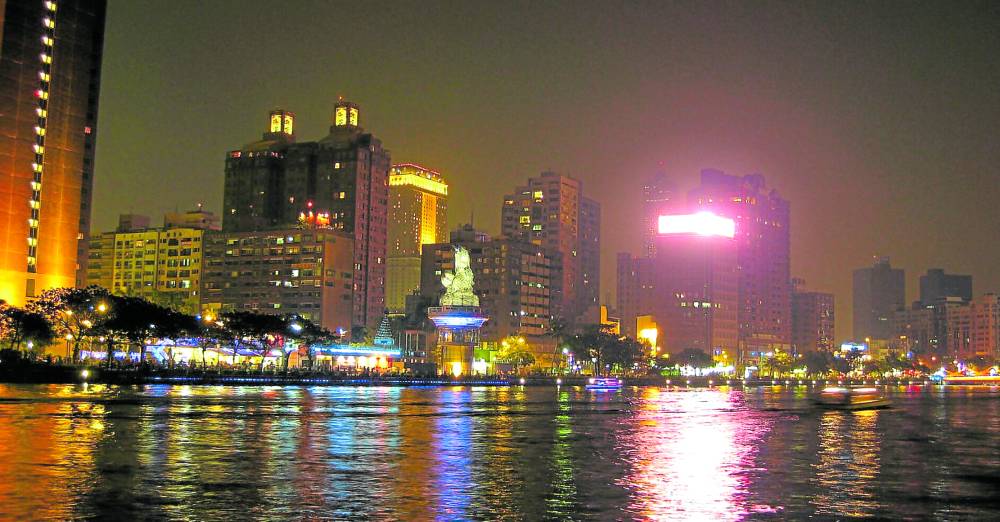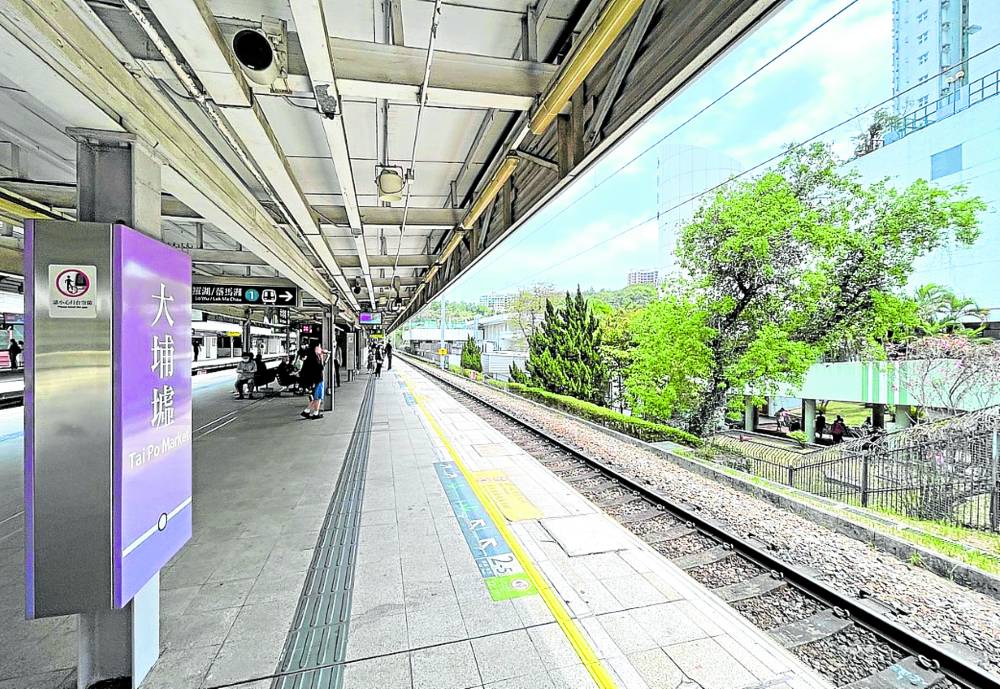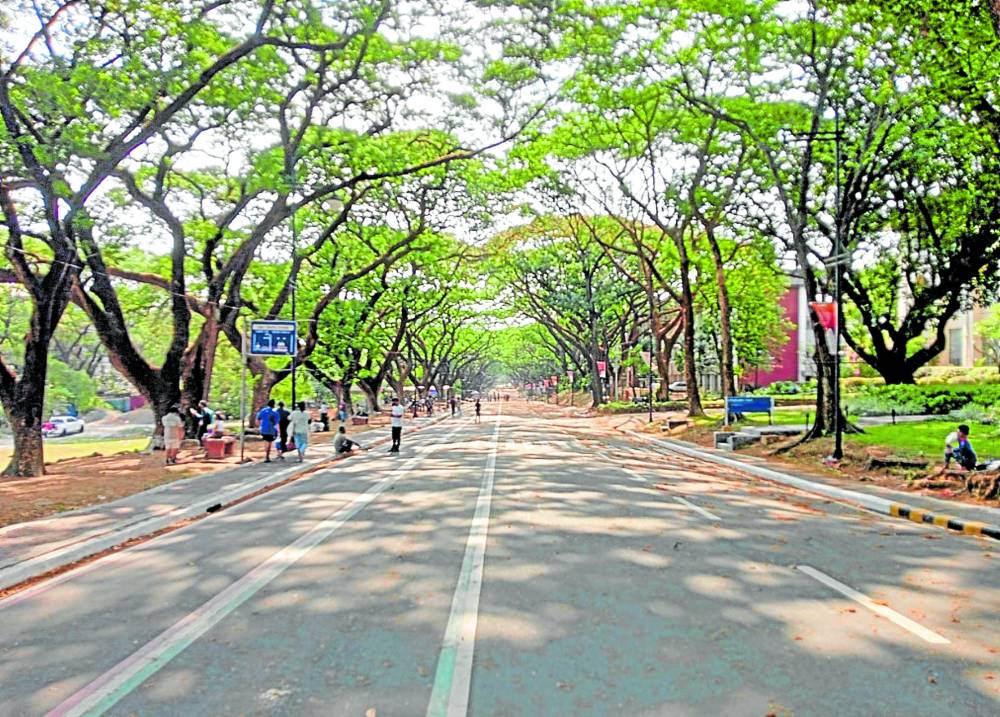What makes a city sustainable
In today’s fast-paced, increasingly stress-filled world, probably the furthest question in anyone’s mind is what makes a city sustainable.
Sustainability, in the context of urban development, is a practical concept that has the potential to improve the lives of city-dwellers. When you talk about sustainability, what often comes to mind are solar panels, wind turbines, electric cars, and buildings made of natural and recycled materials. While these are important, there is clearly more to a sustainable city than these features alone.
Here are some few ideas on what makes a city sustainable.
DENSE, PLEASANT AND FUNCTIONAL MIXED-USE
Every additional square meter of land that the city covers is another that is taken away from rural or forested land.
Since sustainability on the whole is highly dependent on preserving as much green space—natural or cultivated—as possible, then it stands to reason that to achieve and maintain sustainability in the long run, cities must be made as dense as possible.
However, simply making cities more dense cannot be sustainable if it takes away what people need from urban environments—safe, clean, hygienic, and aesthetic conditions that are highly functional and can facilitate the activities they undertake in their collective business of living.
Put it this way: a person would have an easier life in a dense metropolis if the place of work as well as leisure, recreation, and essential needs and activities were just a short walk away, rather than being far across the city. The environment in which one regularly moves in should be desirable as well.
If these conditions are not met, then it will be inevitable that one will move out, thus necessitating the need for the expansion of urban areas.
TRANSPORT AND PEDESTRIAN ORIENTED
Of course, such average proximity is hard to achieve in reality.
Hubs of specific activities, especially those related to business and leisure, always form in cities. It is necessary to connect these hubs to the city, which is why transport infrastructure became necessary in the first place.
It thus can be said that efficient transport infrastructure—in terms of conserving people’s time, as well as energy, and materials spent per capita of movement—is one of the main factors that make a city truly sustainable.
One of the key ways to increase efficiency in this regard is to prioritize quality mass transport such as trains and buses, as well as pedestrian and bicycle infrastructure, then integrate them seamlessly and strategically locate transport hubs to connect as many pockets of the city as possible.
While automobiles will always be a necessity especially for specialized trips, the almost singular focus of our country’s transport infrastructure on them has resulted in hours of peoples’ time lost, liters of fuel burned, and tons of materials per capita in the form of both vehicles and roads to traverse just a few kilometers on a daily basis. This happens because cars are inherently inefficient in terms of space. Simply put, more space is needed to contain 50 people in cars rather than a single bus containing the same amount of people. This is why roads seem perpetually clogged.
FOCUS ON OPEN GREEN SPACES AND WATERWAYS
Tying the first two points together, allotting sufficiently expansive open green spaces and waterways is important in achieving sustainability in cities in a number of ways.
When designed and integrated properly into the city, these spaces increase the quality of life of people living in urban areas, as the environment they offer are proven to be beneficial to physical and mental well-being—in the form of cleaner air, cooler surroundings, and a place to relax, socialize, and undertake activities to pursue and maintain fitness. This indirectly counteracts urban creep because people are less likely to move into or near rural or even pristine areas if they get roughly the same benefits from urban areas, especially with the latter’s inherent comforts and benefits.
Open spaces also facilitate the movement of people, as they can function as pedestrian linkages or anchor points for transport hubs. In conjunction with establishments that cater to leisure and essential needs, they offer greater flexibility to people passing through them and maximize the range of activities they can get done, which indirectly translates to efficiency in terms of transportation.
Lastly, integrating open green spaces and waterways in both major hubs to minor nodes in cities contributes to sustainability through heat reduction and water retention.
Trees and bodies of water significantly reduce and maintain ambient temperature through evaporation, as well as by providing shade for the latter, which results in less energy expenditure towards mechanical cooling methods. Unpaved spaces also absorb water into the water table below—and thence to nearby bodies of water—thus reducing the occurrence of flooding which damages public infrastructure and private properties, as well as usage of materials for repair and maintenance.
Sources: https://www.crew.ac.uk/publication/urban-creep; https://jzpm.marvdasht.iau.ir/article_4127.html?lang=en; https://www.iisd.org/articles/deep-dive/road-sustainable-transport; https://en.wikipedia.org; https://www.google.com/maps


